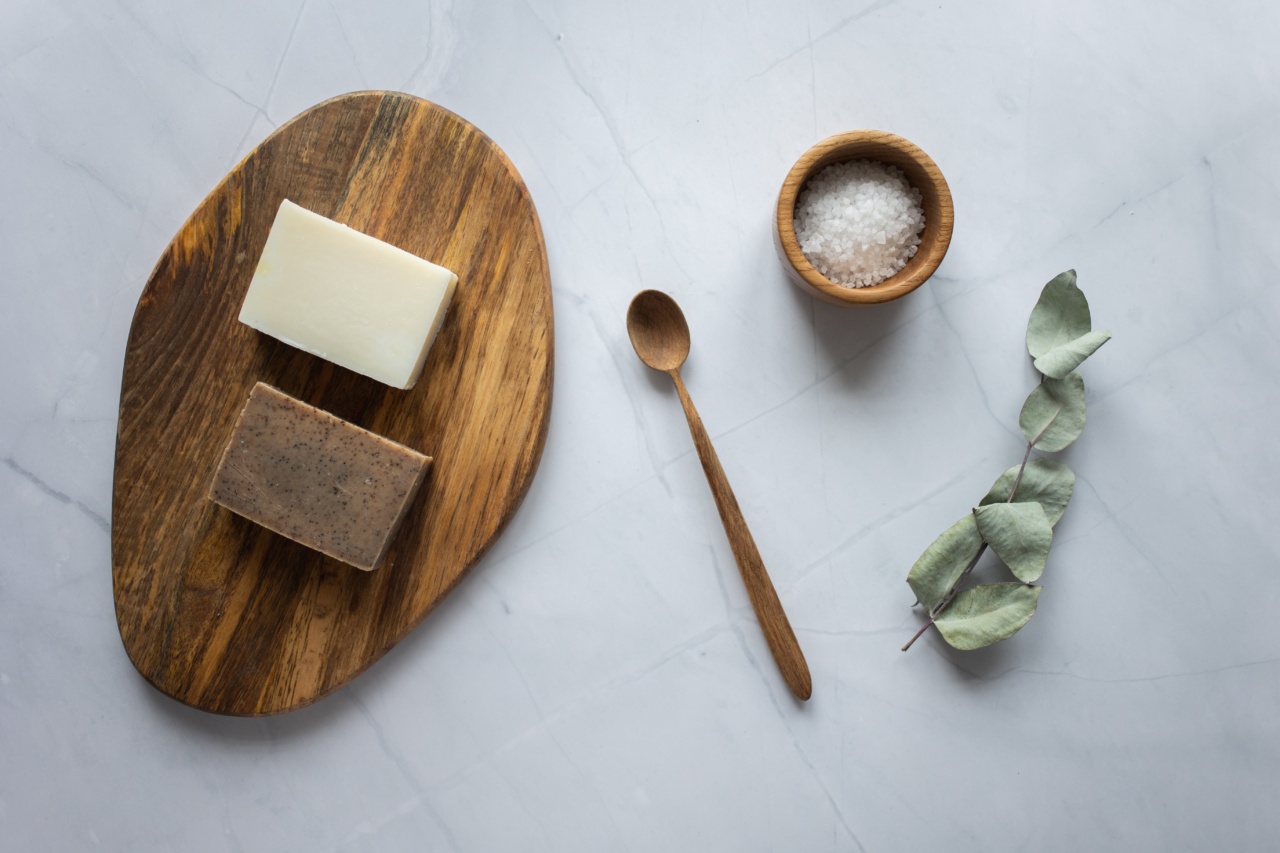Salt is a common ingredient used to enhance the flavor of our food. However, consuming too much salt can have negative effects on our health.
High sodium intake has been associated with increased risk of high blood pressure, heart disease, stroke, and kidney problems. Therefore, it is essential to lower our salt intake to maintain a healthy lifestyle. In this article, we will discuss five simple steps you can take to reduce your salt consumption.
1. Read Food Labels
One of the most effective ways to lower your salt intake is to familiarize yourself with food labels. Food products in most countries are required to list the amount of sodium contained within them.
Look for products that are labeled “low sodium” or “reduced sodium.” Additionally, check the serving size and sodium content per serving to make informed decisions about the amount of salt you consume.
2. Cook at Home
Cooking at home allows you to have control over the ingredients and amount of salt used in your meals. When preparing your own meals, you can experiment with herbs, spices, and other flavorings to reduce the need for salt.
Use fresh ingredients as they naturally have less sodium compared to processed or packaged foods. By cooking at home, you can enjoy delicious, low-sodium meals tailored to your taste.
3. Limit Processed Foods
Processed foods are often high in salt, as salt is used as a preservative and flavor enhancer. Foods such as canned soups, sauces, deli meats, and snacks like chips and pretzels are typically loaded with sodium.
Opt for fresh fruits and vegetables, lean meats, and whole grains instead. By reducing your intake of processed foods, you can significantly lower your salt consumption.
4. Be Mindful of Condiments
Condiments such as ketchup, soy sauce, and salad dressings can contain surprising amounts of salt. When using these condiments, be mindful of the servings and opt for reduced-sodium versions whenever possible.
Consider making your own dressings and sauces at home using healthier ingredients and less salt. By being aware of the sodium content in condiments, you can avoid unnecessary salt intake.
5. Gradually Reduce Salt Usage
Lastly, reducing your salt intake should be a gradual process. Your taste buds need time to adjust to lower sodium levels. Start by using smaller amounts of salt during cooking and gradually decrease the amount over time.
Experiment with alternative seasonings like herbs, spices, lemon juice, or vinegar to add flavor. With time, your taste buds will adapt, and you will find that you need less salt to enjoy your meals.
In conclusion, lowering your salt intake is essential for maintaining good health.
By reading food labels, cooking at home, limiting processed foods, being mindful of condiments, and gradually reducing salt usage, you can significantly reduce your daily sodium intake. Small changes in your daily routine can have a positive impact on your overall health and well-being. Start today and commit to a low-sodium diet for a healthier future.

























